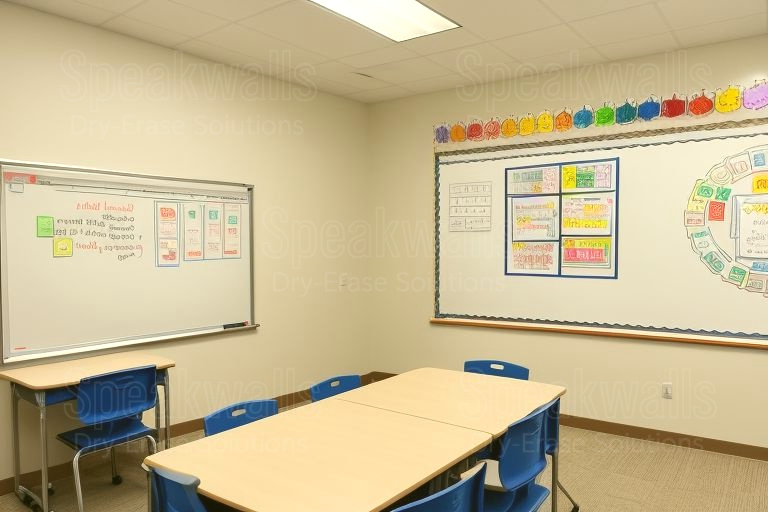Non-magnetic whiteboards might not get as much hype as their magnetic counterparts, but they’re a solid choice for high school classrooms. Affordable, functional, and straightforward, they get the job done without the extra frills. But before you decide, let’s take a closer look at the pros and cons to see if they’re the right fit for your school.
The Pros
First off, non-magnetic whiteboards are budget-friendly. If your school needs to outfit multiple classrooms, these boards are a cost-effective solution that doesn’t skimp on quality. They’re lightweight, easy to install, and come in various sizes to fit any space.
For daily classroom use, they’re reliable. Teachers can write, erase, and rewrite all day without worrying about ghosting or smudging, as long as they’re cleaned regularly. And since they don’t have magnetic functionality, you won’t need to worry about the added cost of magnetic accessories.
The Cons
While non-magnetic whiteboards are practical, they lack the versatility of magnetic boards. You can’t stick up charts, visual aids, or student work directly on the board, which might limit their use in certain classrooms. If you rely heavily on displaying materials, you’ll need separate tools like tape or pinboards.
The Bottom Line
Non-magnetic whiteboards are perfect for classrooms focused on writing, problem-solving, and note-taking. They’re simple, affordable, and durable—ideal for schools on a budget. Just know what you’re getting: straightforward functionality without the bells and whistles. Sometimes, simple is all you need!
